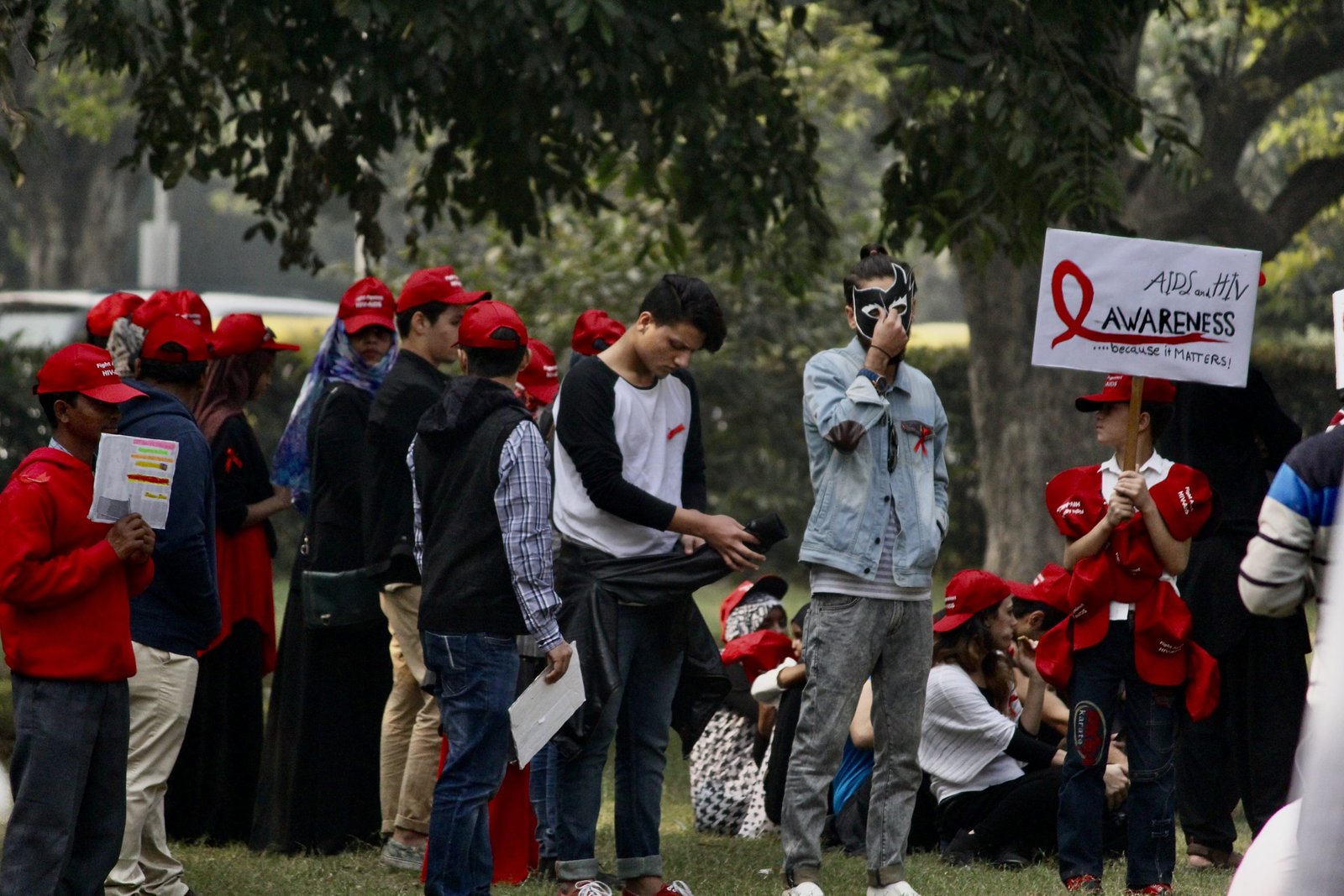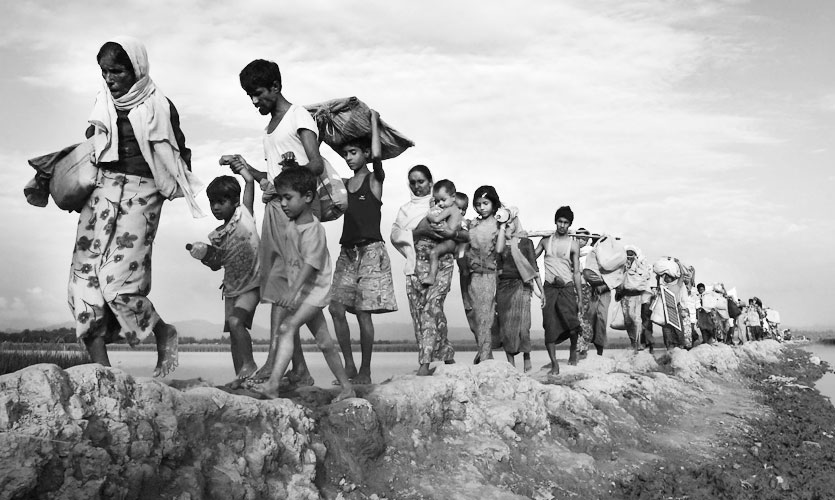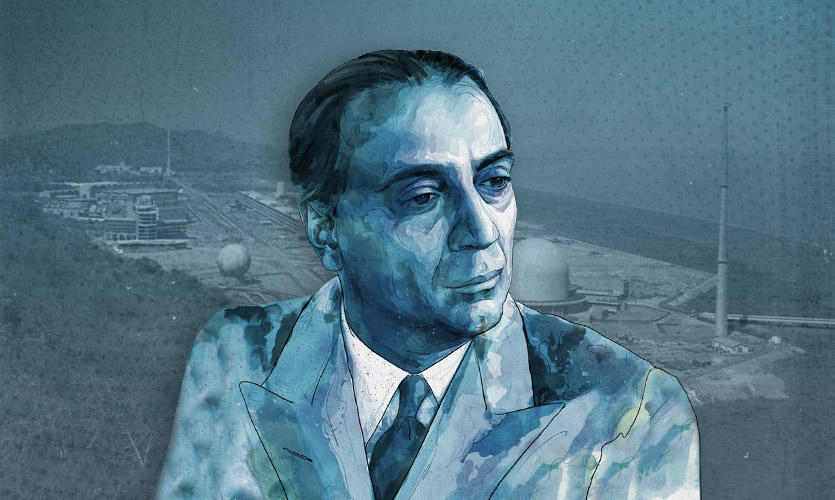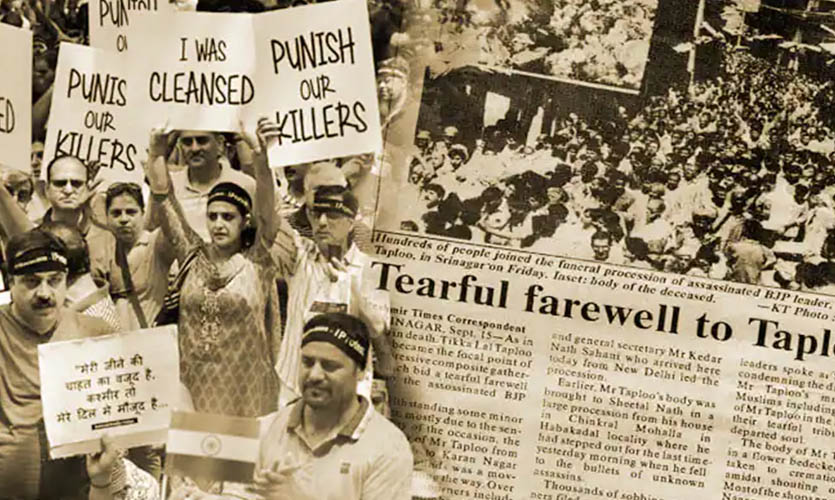“Compassion fatigue”, is the loss of one’s ability to sympathise with tragedy. However, how has a historically ostracised community managed to slip our conscience? While there are a multitude of curious reasons and plausible theories that can place blame on one or all stakeholders, the matter has received questionable attention – sometimes not enough – and otherwise, of dubious intention.
What is Compassion Fatigue?
Compelling images that would otherwise have harrowing effects on public perception become “commonplace” and fail to warrant a second glance. Compassion fatigue can be alleged to be a direct result of the “CNN effect”. “CNN-isation” – can be described as the idea that facilitating televised scenes of human suffering are produced with the intentions of having strong policy effects – to prompt humanitarian interventions by governments. It can be assumed that one of the intentions of such practice can be to compel able-bodied and news-watching audiences to feel responsible towards those affected and instil in them “a sense of moral solidarity with distant others“.
Selective coverage of which suffering is bloodier or more money-making and ignoring some conflicts because the one with more sensationalism takes precedence, are enough reasons to question the integrity and credibility of both the media as watchdogs and us as a rational audience. It certainly does not help an already confused global response.
The Crisis
A self-conferred identity not recognised by the government or country majority, the Rohingyas are a Muslim ethnic minority group, repeatedly displaced from Myanmar. The Muslim Rohingyas trace their roots to Myanmar, but its members are categorised as illegal immigrants. The country’s icon of freedom – Nobel Peace Prize laureate Aung San Suu Kyi – fell from grace across international supporters for her lack of action against the atrocities committed against the community. She refuses to even use the term “Rohingya”, the least disputed meaning of the term being “from Arakan”, asserting their belonging to the land of the “Arakan Kingdom”, which was the Rakhine state as we know it today.
A 2013 Human Rights Watch report claims that the government has engaged in systematic violence and “ethnic cleansing”, which the report defines as “purposeful policy by an ethnic or religious group to remove by violent and terror-inspiring means the civilian population of another ethnic or religious group from certain geographic areas.”
The issue of violence against the Rohingyas, even though ongoing, flared into debate again in August 2017 after the Arakan Rohingya Salvation Army (ARSA), a local Rohingyan militant group claimed responsibility for attacking army and police posts. The government military retaliated, resulting in a surge of displacement and deaths between August 25 and September 24, 2017. “The peak in deaths coincides with the launch of the latest ‘clearance operations’ by Myanmar security forces in the last week of August,” said a Médecins Sans Frontières (Doctors Without Borders) authority Dr. Sidney Wong.
While the recent February 2021 military coup has resulted in the ousting of Suu Kyi’s National Democratic League (NDL) after winning a second election by a landslide, she remains popular with the Buddhist majority. An otherwise peaceful people, the Buddhist community’s support of inaction against the persistent violence today is most astonishing but fathomable. As the Diplomat explains, the communal tension between the Buddhist population and the Rohingyas dates back to the time of British occupancy in the region, when the colonisers first encouraged the migration of mostly poor Bengali Muslim labourers along with a handful of Hindus, “as a cheap workforce” to work in the plantations of Burma. The backgrounder details that during the Burma Campaign (1941-45), which is often referred to as the “forgotten war”, the pro-Japanese Burmese military units were faced by an intelligence gathering guerrilla group of Rohingyas who were promised “administrative autonomy” for the community by the British. Given the absence of follow through on that promise after the Burmese independence in 1948, the Rohingyas hoped to join the region of East Pakistan where they found economic and military support. “While much has been claimed about the Islamization of the Rohingyas, their mujahideens or freedom fighters waging a jihad or holy war against the Burmese state go back to the 1950s,” says Boston University’s diplomatic and political history assistant professor Jayita Sarkar in her article.
The Rohingyas’ plight post-independence is not unlike that of Bengali Muslims in East Pakistan before the formation of Bangladesh in 1971, as Pakistan decided to withdraw its support of Rohingya rebels in 1970. At the time, India’s intervention on behalf of the Bengali Muslims facing intolerance was not seen as humanitarian effort by the United Nations (UN) Security Council. Bangladesh’s independence in 1971, the Tatmadaw’s Operation Nagamin in 1978 and ultimately Burma’s Citizenship Act in 1982 gradually resulted in the Rohingya Muslims’ statelessness that still persists today.
The Fatigue
The media and political narrative regarding Myanmar have been the least factually informative. While lack of access provided by the Tatmadaw could be to blame, a repetitive one-sided narrative on the Rohingya Muslims’ struggles seems to be of little help to either party. Accepting Western media’s accounts with little to no objection to partisan reports with lack of on ground local sources from the community being accused of violence against the Rohingyas, is a folly. Just as continued violence against a community is not justified, lack of access by the country’s military should not be used as an excuse to muffle other voices and selective reporting.
It is also characteristic of compassion fatigue to set in with regard to a long on-going conflict. The complicated and lasting struggle in the region has allowed for fatigue to set in, diminishing Western and local media’s zest for it and in effect, to factually once and for all discover the truths and hold relevant authorities – both domestic and foreign – accountable. Bloodier skirmishes ongoing in the Middle East – for example, Yemen and Syria – are bound to be far more attractive. It seems to take a Rwanda or Somalia or an Ebola, to merit consideration of popular “reach-rich” news producers’ attention.
“…in a context in which conflicts and war have become not just reported or mediated, but actively conducted on the media stage and thereby mediatized, … it becomes even more difficult to separate out causal effects…”.
– Simon Cottle in The CNN Effect and Compassion Fatigue, 2009
The UN Disorder
The UN’s hypocrisy when it comes to conflict in Southern or South East Asia has been a long-acquired habit. An article in the Yale Journal of International Law explains that in March 1970, a year before the 1971 conflict in East Pakistan, the UN Security Council had encouraged international intervention in Southern Rhodesia and according to its Resolution 277, asked UN member states “to increase moral and material assistance to the people of Southern Rhodesia in their legitimate struggle to achieve freedom and independence.”
International intervention, in what could debatably still be termed as a domestic matter, set a decent precedent for the Security Council, which is why experts both international and Indian assumed that India’s actions in 1971 would be accepted and lauded without question. According to a 1971 Memorandum of the Ministry of External Affairs of India cited in the journal article, it urged the UN Security Council to show “the same kind of concern about the actions of Yahya Khan in East Bengal as they have done about racialism and colonialism in South Africa, Portuguese colonies and Rhodesia.”
However, with Pakistan claiming “domestic jurisdiction” to at a session of the Economic and Social Council (ECOSOC) where the issue of its violations against human rights was raised, India received limited support. The US mission to the UN led by H.W. Bush during Nixon’s presidency reportedly supported India. “Twenty-two non-governmental organizations with consultative status at ECOSOC tried to get the U.N. Commission on Human Rights to express its concern and to take steps to protect the Bengalis, but nothing was done.”
An international fact-finding mission by the Human Rights Council to the Kachin, Rakhine and Shan States in Myanmar reported in 2018: “Many violations amount to the gravest crimes under international law. In the light of the pervasive culture of impunity at the domestic level, the mission finds that the impetus for accountability must come from the international community.”
As per a 2017 Human Rights Watch report, “about 16,500 Rohingya living in India are registered with United Nations Refugee Agency (UNHCR)”. In 2017, following claims that India was forcefully repatriating Rohingya Muslim refugees, UNHCR’s India office told Reuters: “the principle of non-refoulement – or not sending back refugees to a place where they face danger – was considered part of customary international law and binding on all states whether they have signed the [1951] Refugee Convention or not.” It should be noted that these claims against India were never substantiated by the UN or another party and according to a source, the UN can also appeal any decision for deportation with good reason.
In India, the UNHCR partners with selected local NGOs to work with Rohingya Muslim and Afghani refugees on a case-wise basis. One such NGO, the Bosco Organisation for Social Concern and Operation (BOSCO), has case workers with psychosocial expertise interact with and evaluate each UNHCR registered refugee in New Delhi. Unaccompanied minors, sexually abused women and elderly individuals form a large chunk of the group.

As part of the BOSCO-UNHCR project, the NGO works to provide social skills and ensure activity especially for the youth but has no freedom to provide monetary help. Moreover, after every caseworker presents their case for funds or the need to push for government help on behalf of a particular individual refugee or family, rests their case with the UN.
Preeti C., a senior psychologist formerly associated with the project for four years, says, “There are a lot of funding problems faced here, affecting not only the refugees but also the staff working to serve them. Since most of the funds have been directed towards Syria, Iraq, Tanzania, and other war inflicted and civil unrest zones in the middle east and Africa, there have been gradual cuts by the organisation, rapidly so since 2017.”
The UNHCR holds the final pieces to be able to make their case for refuge to the government. Does it choose not to?
“Humanitarianism is a smoke-screen behind which the United States [and other self-declared, so-called international authorities] can hide its political and military neglect. Tragedies shown in print and on television spur relief convoys much more readily than they markedly change foreign policy.”
– Susan D. Moeller in How the Media Sell Disease, Famine, War and Death, 1999
The Horus Eye is a weekly column written by Divya Bhan analysing current affairs and policies. This column does not intend or aim to promote any ideology and does not reflect the official position of The Sparrow.
Also read: Domestic Abuse – A “Shadow Pandemic” Whilst COVID-19










